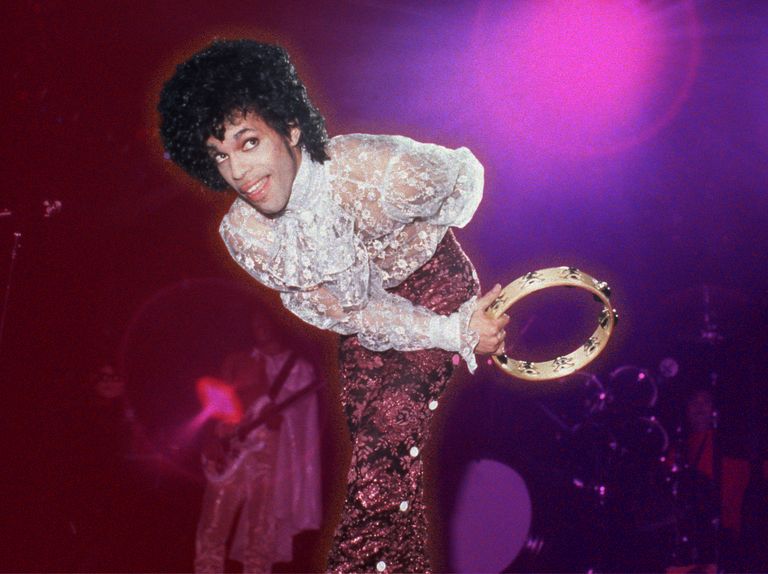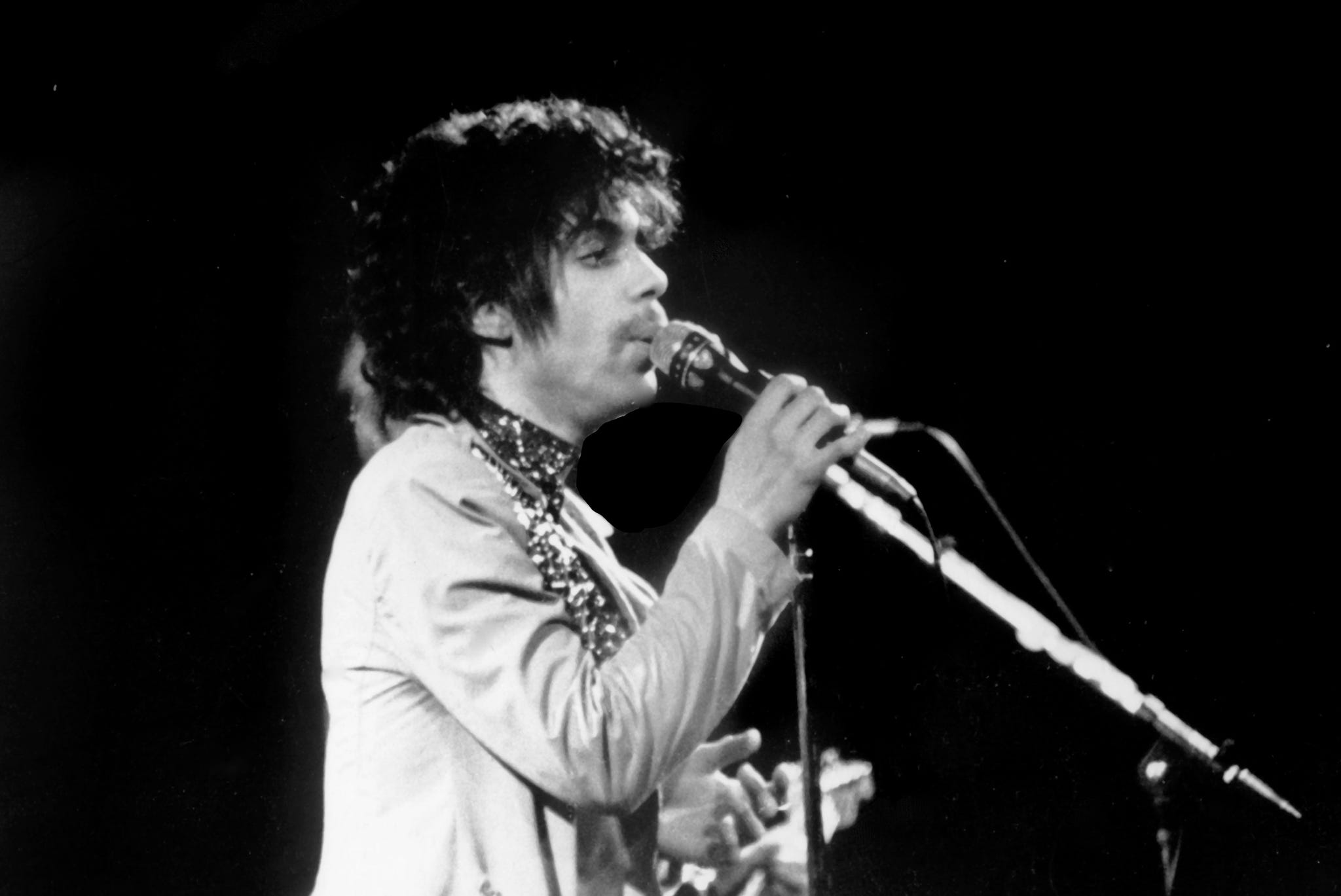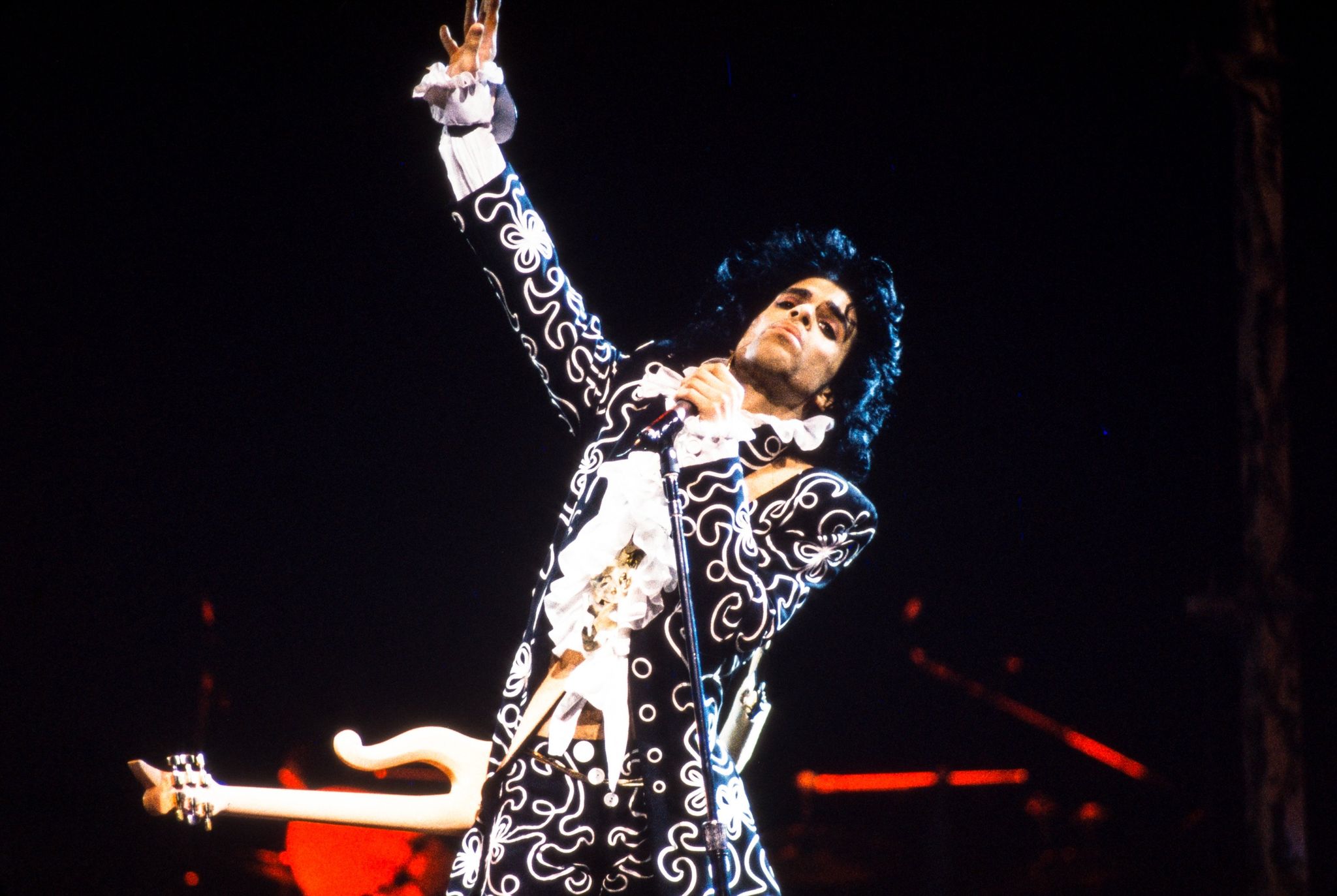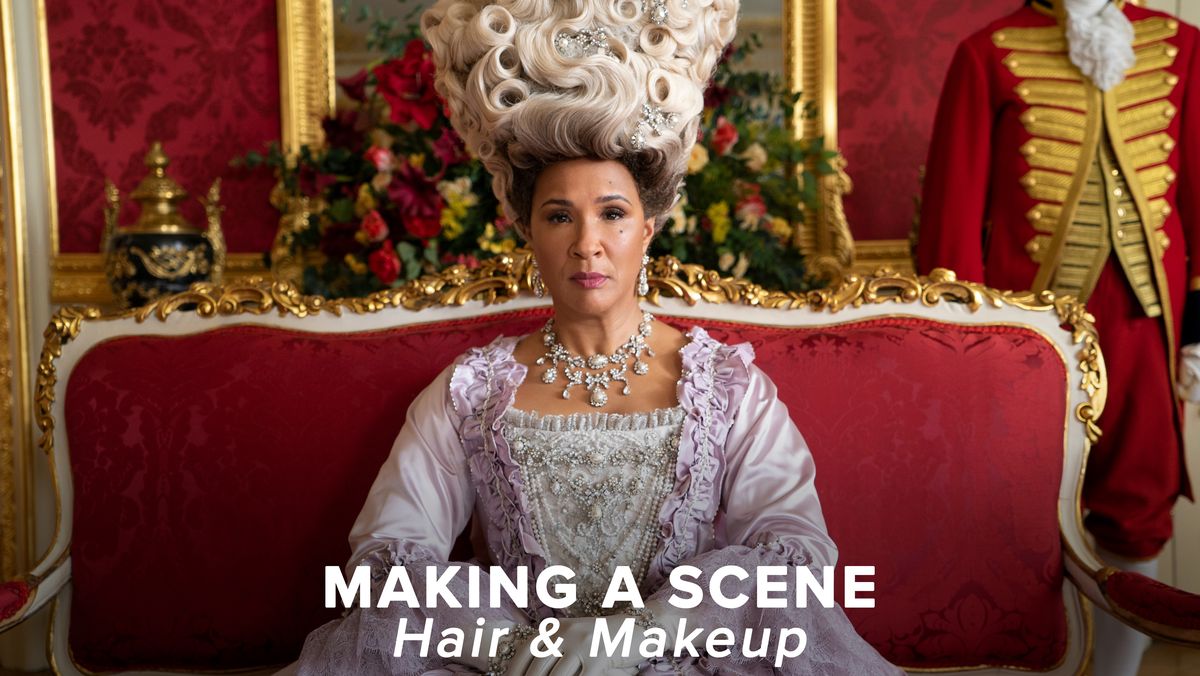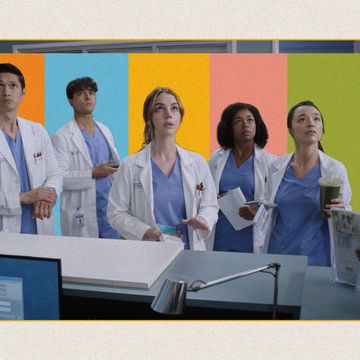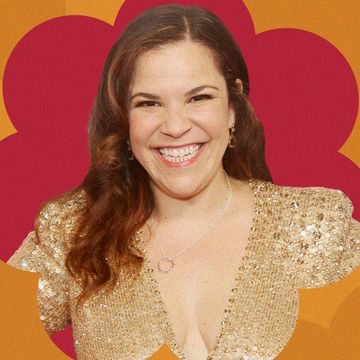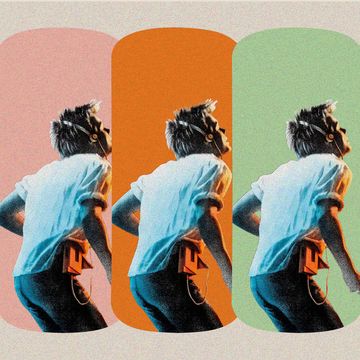What becomes a music legend? A multitude of awards? The ability and agility to play all your own instruments? A commanding stage presence? A career of sold-out tours and a generation of fans? Masterful and infectious writing, for himself and other artists? Hundreds of songs that explore everything from sex and love to the end days to even the complicated music business, with an intense magnetism? Prince had all of this and more — indeed, a legend who sold more than 100 million albums during his lifetime and who, even after he passed in April 2016, sold more music than any other artist that year.
Prince used his formidable talent to etch his work into the zeitgeist, forever to be savored as a celebration of love, horniness, spirituality, equality, and his unique ideas of exalted living. A tireless virtuoso who could do splits in heels while executing a flawlessly innovative 20-minute guitar solo, he released 42 studio albums during his too-short life and fought relentlessly for his rights as an artist along the way. His accolades, of course, are endless: He won something like 32 awards, including seven Grammys (with more than 42 nominations), an Oscar (for Best Original Song Score for Purple Rain), four MTV Video Music Awards, and a Golden Globe. And lest we forget, Prince also garnered countless American Music Awards and nominations, 11 ASCAP Pop Music Awards, inductions into various Halls of Fame — the man was basically the Mozart of our time.
Prince’s trajectory may have seemed predetermined, but his eventual ascension to becoming a musical icon had to start somewhere. One moment that arguably served as the springboard to what would become his breathtaking career occurred 40 years ago today on October 27, 1982, when his fifth studio album, 1999, was released. Though Prince already boasted hits like “Controversy” and “I Wanna Be Your Lover,” 1999 ushered Prince’s special brand of racy funk out of the R&B charts and into the mainstream. It was his first top 10 album, reaching No. 9 on the Billboard 200, and came in at No. 5 in its year-end roundup of albums. The success of singles like “1999” (No. 12 on the Billboard chart) and “Little Red Corvette” (No. 4 on the Billboard chart) changed the momentum of his career, setting Prince on a course toward the stratosphere. Even after Prince tragically passed away on April 21, 2016, 1999 recharted on Billboard and made it to No. 7, a higher position than when the album first charted.
To celebrate the man and the catalog of music he left behind, we bring you a brief overview of his brilliant and sadly truncated career.
Precocious beginnings
A proud Gemini born on June 7, 1958, Prince Rogers Nelson (yes, that was his actual first name) was born and raised in Minneapolis, Minnesota, a hometown he cherished until his passing — he once said, “The cold keeps the bad people out.” At only 5 feet 1 inch, a young Nelson loved basketball and played in high school. It’s said his musical ability was preternatural, and he eventually learned to master 18 different instruments. As aspiring musicians are wont to do, he made demos, scored a manager, and shopped his sound around to labels. At just 19, Prince signed with Warner Brothers, beginning what would be a tumultuous relationship he’d struggle with for the next 18 years. For his first album, Prince refused an assigned producer and insisted he do it himself.
The birth of the artist known as Prince
His debut record, For You, was released in 1978 and featured nine tracks that Prince produced, arranged, composed, and performed — as impressive as it gets for a debut artist. His namesake record, Prince, followed, with the hit single “I Wanna Be Your Lover” and the original version of “I Feel for You,” later covered by Chaka Khan. Glancing across these record covers — all portraits of him — the evolution of Prince’s relationship with provocation begins to take shape.
While For You and Prince only hinted at a sultry, sexualized artist, the cover of his next album, 1980’s Dirty Mind, featured Prince in nothing but a blazer, thigh-high heeled boots, and black underwear. Every track oozed sex, with six songs marked “E” for explicit except for, ironically, “Head,” which is a celebratory anthem about the act.
Controversy, the record that followed, integrated deeper questioning not only about sex but also sexuality and identity. On the album’s title track, Prince pontificates, “I just can’t believe all the things people say/Am I Black or white?/Am I straight or gay?/Do I believe in God? Do I believe in me?” He concludes by reciting the Lord’s Prayer over his unique brand of funk, new wave, and synth-pop, calling for a nonjudgmental society: “People call me rude/I wish we all were nude/I wish there was no Black and white/I wish there were no rules.” Libidinous jams like “Sexuality,” “Private Joy,” and “Jack U Off” keep the party going, but “Ronnie, Talk to Russia” reflects an almost punk, snarling, guitar-driven awareness of impending nuclear war — reflecting a cognizance of the times that would pervade Prince’s next few albums.
1999 and becoming a household name
“Don’t worry, I won’t hurt you/I only want you to have some fun,” Prince coos over an electronic voice modulator as the beat kicks into the title track of 1999, his fifth studio album. “1999” is a hopped-up funk jam, but it’s also an exuberant anti-nuclear protest song: “I was dreaming when I wrote this/Forgive me if it goes astray/But when I woke up this morning, could’ve sworn it was judgment day/The sky was all purple/There were people running everywhere, trying to run from destruction/You know I didn’t even care.” Written in 1982 at the height of the Cold War, the track proved to be a pivotal record that inspired us all to dance and cut up, just in case, you know, we were all blown to smithereens. Nearly 20 years later, the song found a new, if obvious, resonance when the entire world was fixated on what would happen when the clock struck midnight on January 1, 2000, ushering in a new millennium — and all those Y2K fears.
But back in 1982, the message penetrated Gen X anxiety and ethos so much that the album sold more than 4 million copies, with both critics and fans devouring a pounding, percussive sensibility driven by synths and drum machines, which would become the blueprint of a groove-heavy Minneapolis sound that would prevail over the airwaves for the next decade. Prince also became an MTV mainstay, with the all-music, all-the-time channel (remember those days?) playing “1999” and what would become Prince’s first top 10 hit, “Little Red Corvette,” on loop. From November 1982 to April 1983, Prince took the album on what was then his longest-running tour, the 1999 Tour, which stopped in almost 80 cities across the United States.
Purple Rain and Prince’s parade of hits
If 1999 brough Prince into the mainstream, it was Purple Rain — both his sixth studio album and the accompanying feature film — that affirmed Prince as an icon when it was released in 1984. The album would eventually sell a staggering 25 million copies worldwide and become the best-selling feature film soundtrack of all time. The film is said to be a somewhat autobiographical dramatization of his life, and every track is etched into the annals of pop culture, including “Let’s Get Crazy,” “When Doves Cry,” and of course, “Purple Rain.” His band, the Revolution, also jelled during this time, but every success comes with at least a little setback: the subject matter of the Purple Rain track “Darling Nikki”— a song about a girl Prince met in a hotel lobby “masturbating with a magazine” — ticked off Tipper Gore, wife of then-Senator Al Gore, so much that her ire and campaign against the song is what eventually led to Parental Advisory stickers being placed on albums with explicit lyrics.
For all his flamboyant self-expression, however, Prince was notoriously shy. In 1985, it’s said he was invited to join the recording of “We Are the World” — the massively successful fundraising track recorded by a who’s who of celebs who made up the supergroup U.S.A. for Africa — but he declined. Still, he remained prolifically productive, driven to release roughly an album a year until his passing. After Purple Rain, Prince turned around and gave us another No. 1 album, Around the World in a Day, which veered away from his heavy funk and moved more toward blatant pop psychedelia. The album spawned hits like “Raspberry Beret” and “Pop Life,” and it was also the first record released under Prince’s own label, Paisley Park, which was distributed by Warner Brothers.
But fans loved the sexier side of Prince, so the following year, he released the critically acclaimed Parade, which reached No. 3 on the Billboard chart and featured the huge, high-octave hit “Kiss.” The track served as part of the soundtrack to Prince’s second film, Under the Cherry Moon, a romantic film about a couple of gigolos that was panned by critics — though it did feature the debut of eventual Oscar-nominated actress Kristin Scott Thomas.
Soundtracking the times
Despite obvious commercial success as a musician and artist, throughout his career, Prince was undoubtedly dedicated to making the music he felt like making when he wanted to make it, and was always unpredictable in his topical explorations. Following Parade, Prince released Sign o’ the Times, which reached No. 6 on the Billboard chart in 1987. The title track was a time capsule of a hit that addressed man’s propensity for self-destruction via societal pain points like the AIDS crisis, gun laws, mass murder, and pervasive crack addiction, and mentions the space shuttle Challenger explosion. It also gave us hits like “If I Was Your Girlfriend,” “U Got the Look” (with Sheena Easton), and “I Could Never Take the Place of Your Man.” He pared down his instrumentation on the album, often favoring a simple drum machine, and at this point, he’d dissolved the Revolution, though he continued to work with guitarist Wendy Melvoin and keyboardist Lisa Coleman, who both appeared on the album and still work together to this day.
While Sign o’ the Times would go on to be Prince’s most critically acclaimed record — a film of his tour supporting it was also heavily praised — toward the end of the decade, Prince put out Lovesexy, which, in its contemporary R&B explorations of themes of good versus evil, vacillated between incredibly bright and optimistic to slightly dense and obtuse. It was largely met with mixed reviews, with only a single commercially successful track, “Alphabet St.” Follow-up singles “Glam Slam” and “I Wish U Heaven” didn’t even chart.
Even so, Prince pounced on an unexpected opportunity. As a kid, he used to play the Batman theme on the piano, a tale that reportedly led to Prince being tapped to write the soundtrack to Tim Burton’s 1989 Batman film. It was Prince's 11th studio album and his first foray into soundtracking for a film he didn’t make — and fans ate it up. The album was No. 1 on the chart for six weeks, and “Batdance,” composed of film dialogue samples set to trademark Prince grooves, was his first No. 1 single since “Kiss.” Though Prince’s music continued to be featured in many films throughout the decades, including Risky Business, Happy Feet, and Pretty Woman, he’d go on to compose only one more soundtrack for a non-Prince film, Girl 6, a 1996 Spike Lee film about a phone sex operator.
The ’90s
The ’90s were something of a transitional period for Prince, both businesswise and personally. 1990’s Graffiti Bridge found Prince assembling a new band, the New Power Generation, or NPG, who also recorded the soundtrack for the Graffiti Bridge film that he released the same year. Though critics loved the album, it didn’t spawn a huge single. Prince had better luck with 1991’s Diamonds and Pearls, whose hits — like “Gett Off” and “Cream” — led to Prince signing, at the time, the biggest record contract ever, with Warner Brothers, allowing him to release an album a year for six years, with a $10 million advance per record, a whopping 25 percent of the royalties, and the establishment of his Paisley Park as a joint venture instead of an imprint. However, things quickly soured with the label. According to Billboard, Prince wanted to put out records whenever the urge struck him, even if they were only three songs long. Warner Brothers pushed back, setting up frequent tête-à-têtes between Prince and the label about who ultimately controlled his music.
As a result of the tension with Warner Brothers, Prince, on his next album, Love Symbol, changed his name, though not to another moniker but rather a Mercury-meets-Venus-meets-Mars-esque glyph symbol that befitted his long-established explorations with binaries in sexuality. In a statement, Prince said, “It is an unpronounceable symbol whose meaning has not been identified. It’s all about thinking in new ways, tuning in 2 a new free-quency,” but in reality, he just wanted to stick it to the label. Hard to market and write about in the press, “the artist formerly known as Prince,” as he was called, saw slumping record sales and plenty of backlash. Love Symbol and his following albums, 1994’s Come and The Black Album, marked both the height of Prince’s dispute with Warner Brothers and a continued lack of interest from fans as Prince tried to fulfill the terms of his contract with less-than-enthused label albums.
But by 1996, Prince ended his distribution deal with Warner Brothers and won the rights to all of his master recordings, and in 1996 released a record called Emancipation to celebrate. He also resumed the use of his name, which led to the launch of his own label NPG. During this time, Prince became notoriously reclusive, recording at his home studio Paisley Park in Minneapolis and refusing to be interviewed. But he was writing and recording on his own terms, and, with NPG, Prince would go on to release 22 more albums, most devoid of singles or hits, given that he spent the first 10 years of the 2000s releasing some of his own music online to subscribers instead of opting for a record deal. Nevertheless, Prince would still collaborate with established artists like Q-Tip and Kate Bush, as well as continue to experiment with his sound, implementing horns, smooth R&B, and heavier guitars into songs that were still undeniably Prince.
Ever the musicologist
The early 2000s saw Prince take experimentation to places he hadn’t quite gone before, with 2001’s The Rainbow Children getting lost in some jumbled jazz, and 2003’s N.E.W.S. leaning far too deep into instrumental meanderings. But in 2004, Prince returned in true Prince fashion. He opened the Grammys with Beyoncé, performing a medley of hits. He was elected into the Rock & Roll Hall of Fame and, later in the year, at his induction, delivered a searing guitar solo in tribute to George Harrison on “While My Guitar Gently Weeps.” Prince, ever the one to buck industry rules, also released Musicology in a one-off NPG deal with Columbia Records (he would go on to release one-off records with EMI, Arista, Universal, and even Warner Brothers). He reverted to his old-school tastes, and the record reestablished what we always loved about Prince — the funk, the psych-pop, as well as the pointed references to society, the Bible, war, and corruption in a post-9/11 world — and eventually reached No. 3 on the Billboard Hot 2000, becoming his most successful album since Diamonds and Pearls.
Musicology would go on to earn five Grammy nominations and two wins, for Best Traditional R&B Vocal Performance for “Musicology,” and Best Male R&B Vocal Performance for “Call My Name.” He toured extensively, playing for a grand total of 1.47 million fans, which was the highest-grossing tour that year. The momentum of the album would last for years, with Prince performing the halftime show at the 2007 Super Bowl in Miami, putting on one of the most memorable performances ever in heels. In 2010, Time named Prince one of the 100 Most Influential People in the World.
The final days
While things slowed down for Prince after Musicology, in his final year Prince put out two albums, Hit n Run Phase One and Hit n Run Phase Two, which were available to stream on Tidal before being released on CD. Ever the collaborative guru, he also dedicated himself to cultivating young artists, like one of his backup singers, Judith Hill, and a young Lizzo at Paisley Park.
In support of Hit n Run, Prince began to tour in early 2016 but stopped after a couple of months due to bouts with the flu and walking pneumonia. It is said he lost consciousness on a private flight to Minneapolis on April 15, 2016, after which the plane had to make an emergency landing. A week later, Prince died due to an accidental fentanyl overdose at 57. Friends have said Prince suffered from chronic back and hip pain and often took prescription painkillers, and it was reported that the pills he took on April 21, 2016, were laced with the deadly drug.
Today, Prince’s home recording studio, Paisley Park, has been transformed into a museum that houses his archives. Though we mourn the loss of Prince to this day, he left behind a body of work so extensive and unique, we will certainly continue to discover and celebrate the music he gave us for decades to come.
Vivian Manning-Schaffel is a multifaceted storyteller whose work has been featured in The Cut, NBC News Better, Time Out New York, Medium, and The Week. Follow her on Twitter @soapboxdirty.
Get Shondaland directly in your inbox: SUBSCRIBE TODAY
